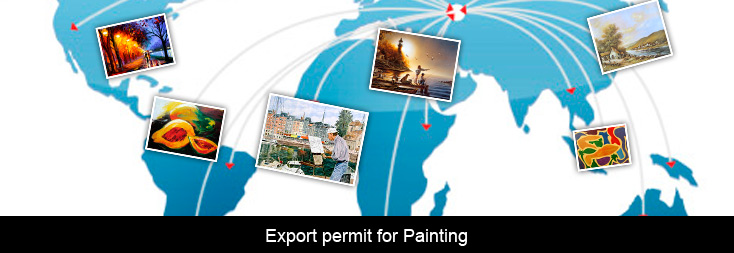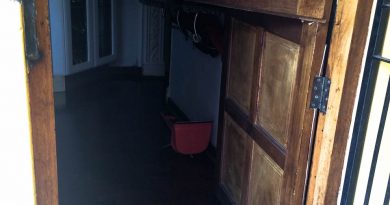Agreement reached on display of Irma Stern’s Arab Priest in Qatar and South Africa
On the 27th of October we shared a post titled Denial of permit for Irma Stern artwork highlights complexities in the art industry. We are pleased to report that an agreement has been reached for the display of this painting both locally and abroad:
Speech by Honourable Minister Paul Mashatile, Minister of Arts and Culture, South Africa on the launch of Arab Priest exhibition, delivered by the Director General, Sibusiso Xaba

28 March 2012
His Excellency, Dr. Al Shirawi
Ambassador of Qatar to South Africa
The Chairperson, members of council and CEO of Iziko Museums of Cape Town
The Chairperson, members of council and CEO of the South African Heritage Resources Agency
The Chairperson and Members of the Archaeology, Palaeontology, Meteorites, Heritage Objects and Burial Sites Permit Committee of Sahra,
as well as
the Chairperson and members of SAHRA’s Artworks Specialists Advisory Panel
The Members of the Appeal Panel
The Members of the Irma Stern Trust and Irma Stern Museum
The Director of the Qatar Museums Authority
Honoured guests
Ladies and Gentlemen:
This is a very special day in the history of the management of national heritage resources in South Africa.
We gather in this space, Iziko Museums’ National Gallery, which collects, conserves and exhibits artworks that are of significance to the South African nation.
This is the most important public collection of artworks of significance to the South African nation.
We congratulate Iziko for the strides that have been made in recent years in this National Gallery towards realising that goal.
We recognise that it is important that there be an international market in South African art and that South African artworks cannot be restricted to the shores of South Africa. As South Africans, we are part of the world, and we are proud that works of art by our artists have much to show the world.
The increasing internationalisation of South African art is a natural and normal process that is part of the process of making us all cosmopolitan and belonging to the world.
However, an artwork held or acquired privately because of its aesthetic value and financial value (as an investment) may also be of significance to the South African nation from a heritage point of view. An artwork may be significant because of the artist, the subject matter, and/or the aesthetic qualities of the work.
In some cases, to have it permanently leave the shores of South Africa might deprive the South African nation of access to the artwork. It will also remove the artwork from the purview and jurisdiction of South African law, and from the jurisdiction of SAHRA and its mandate to manage the national estate.
These are very difficult and challenging issues to balance on an ongoing basis. We are thus grateful to SAHRA, its permit committee and its Art Specialists Advisory panel for engaging in this difficult challenge.
Incidentally it was the advice provided by the Art Specialists Panel that rescued the only signed copy of the Freedom Charter from permanent export from South Africa during 2010. The whole country was anxious and was abuzz when the heard about the likelihood of us losing this important specimen of our long walk to freedom. But, with the support of Lilliesleaf the Freedom Charter was purchased and forms part of our prize diamonds.
But we recognise that the challenge to retain artworks of significance to the nation is a very difficult one, because often these artworks cost enormous sums on the international market, which at present we may not always have access to.
The case of Irma Stern’s ‘Arab Priest’, which we are about to see, represented a challenging case, which became subject to the permit application and appeals process under the National Heritage Resources Act.
We are very pleased that this exhibition of ‘Arab Priest’ held in Iziko South African National Gallery today is held as part of an agreement between Qatar and South Africa, between the Qatar Museums Authority and SAHRA.
In terms of this agreement, for 20 years, QMA is able to hold the painting in Qatar and outside South Africa on a temporary basis. And every 5 years ‘Arab Priest’ will come back and be available for an exhibition to the people of South Africa. SAHRA must thrive to fulfil its mandate of restricting the permanent exhibition of our major works as art expresses what words cannot and allows the audience to understand the soul and history of a country at a particular period.
We are grateful to all parties, and especially to the QMA for engaging in this matter in a spirit of compromise and international co-operation. As a result of this ‘Arab Priest’, as part of South Africa’s National Estate, will be available to be seen internationally as well as in South Africa, by the people of South Africa.
I thank you.
Also view:
How can we stop the increase in theft of art?
I need art insurance but is my art worth insuring?
Is your art insured against pothole damage during transport?
What are the most important questions to ask when insuring art?





